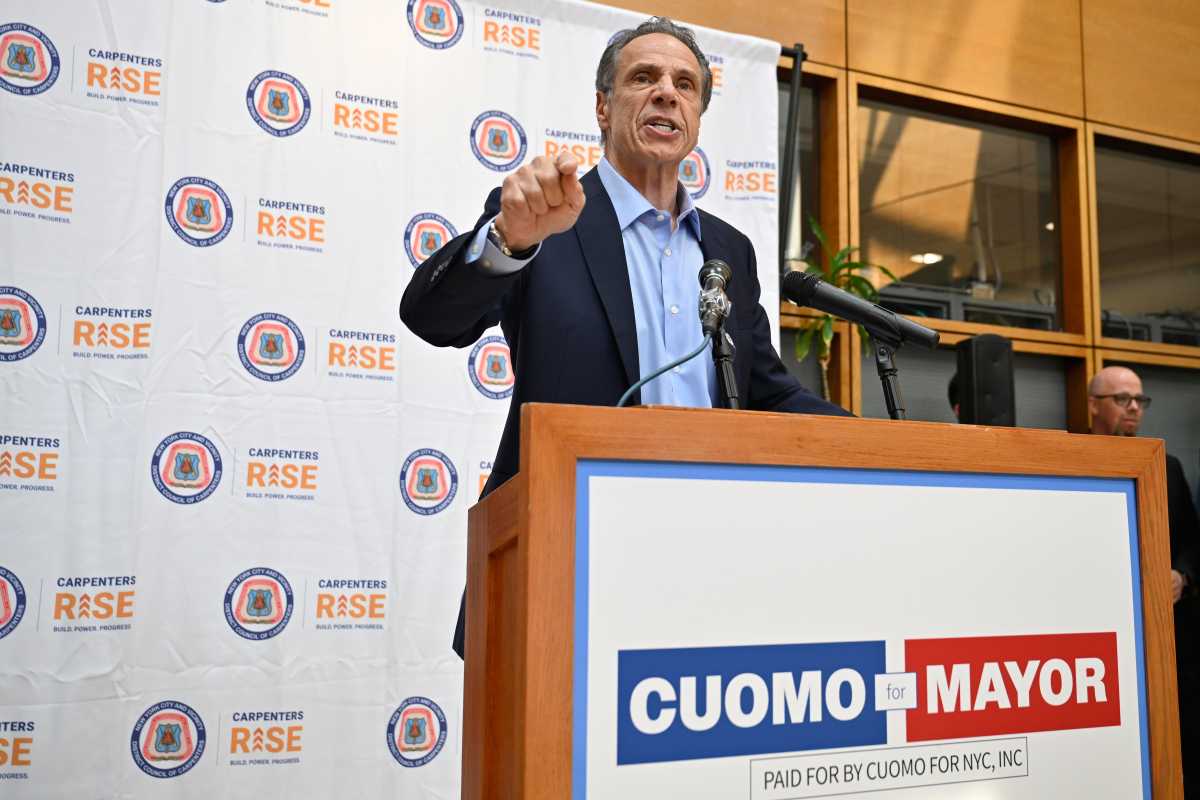India is launching its 101 satellite into orbit. The country’s agenda is to earn money for the exploration of space by placing into orbit satellites of other nations and private companies.
The goal set by India is to land astronauts on Mars. Exploration of the Red Planet holds many promises for short- and long-term return of investment. National prestige, aside from research and development of new technologies, has a proven track record for empowering economic growth while developing new industries. Without extensive R&D invested during the Second World War and the Cold War our modern world would not exist.
At a time when nations across the globe are debating austerity India, with millions of impoverished, has made a commitment to its future. Realizing that growth is the means to improve the lives of its citizens, India is willing to take risks to achieve growth. The future belongs to those willing to see beyond the limitations of today.
It would be interesting to have a cost/benefit analysis of NASA. Assuredly many people are curious to learn whether theUSinvestment in space exploration has paid measurable dividends. With the world awakening to the threats of global warming and the possibility of an asteroid hitting the Earth, India’s farsighted program may offer opportunities for American entrepreneurial skills, national engagement and security.
Edward Horn



































